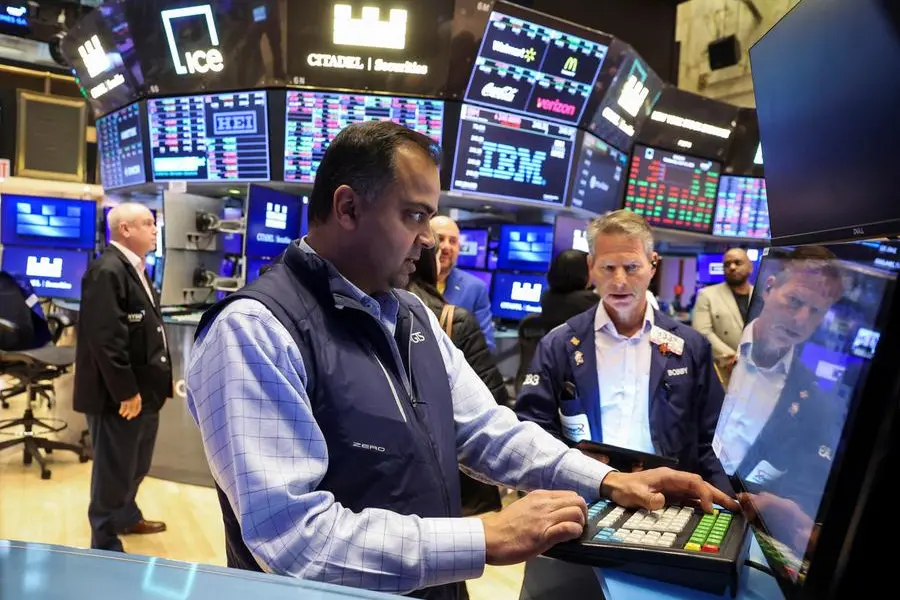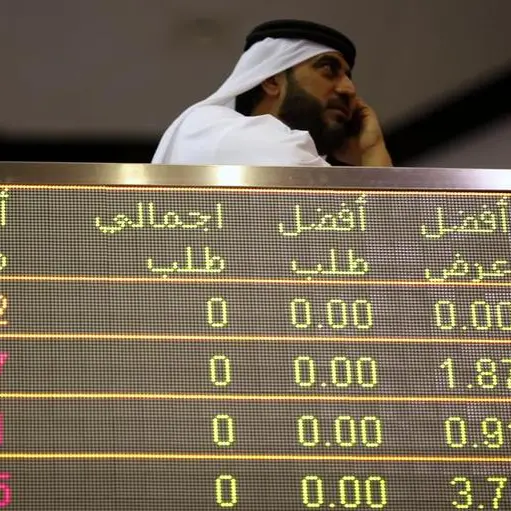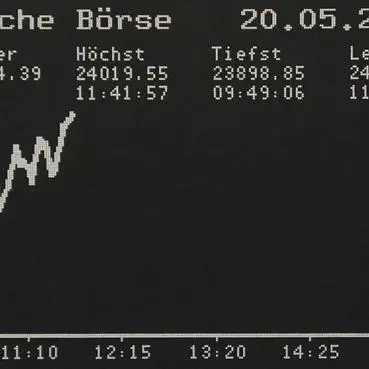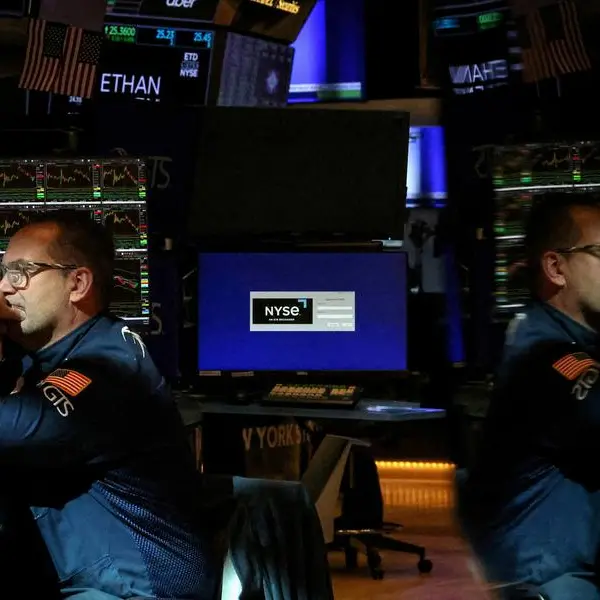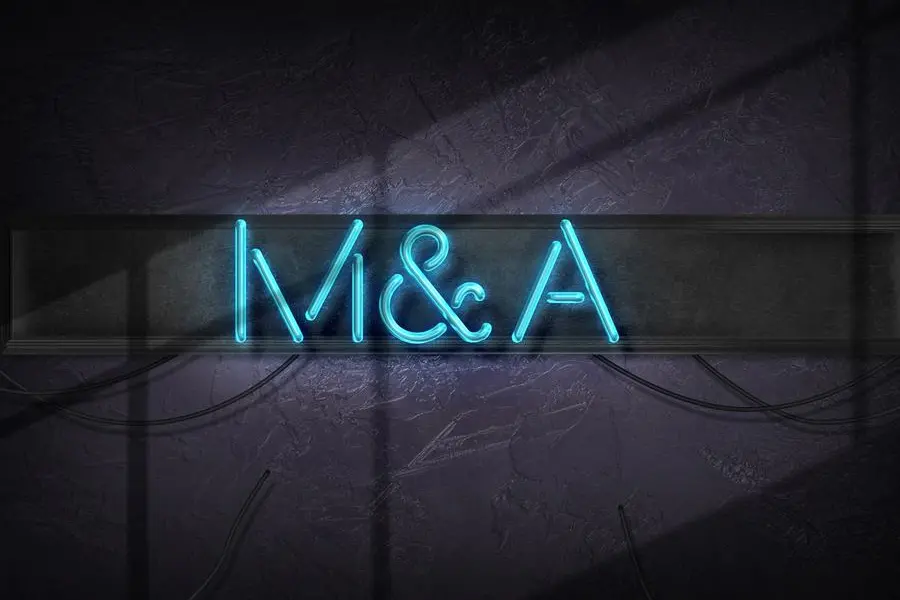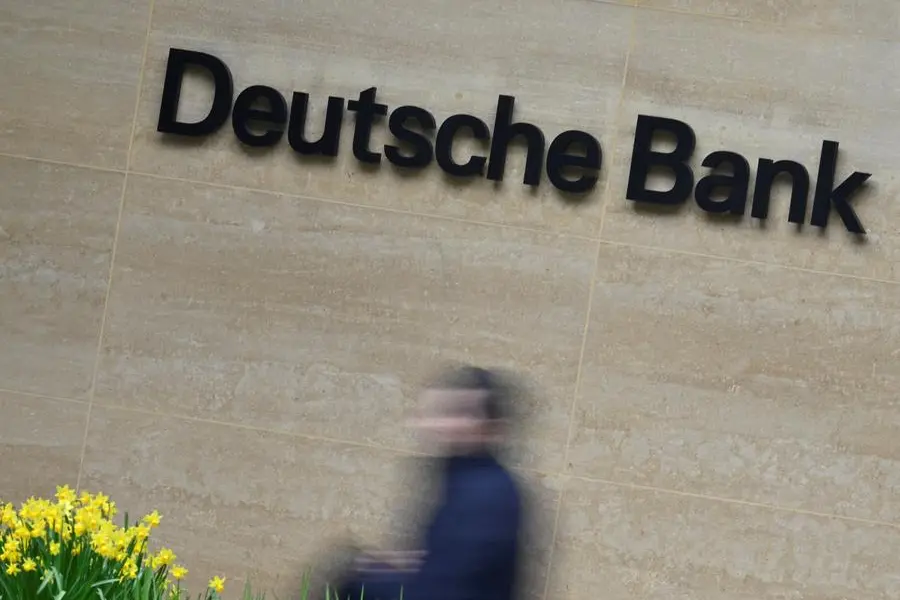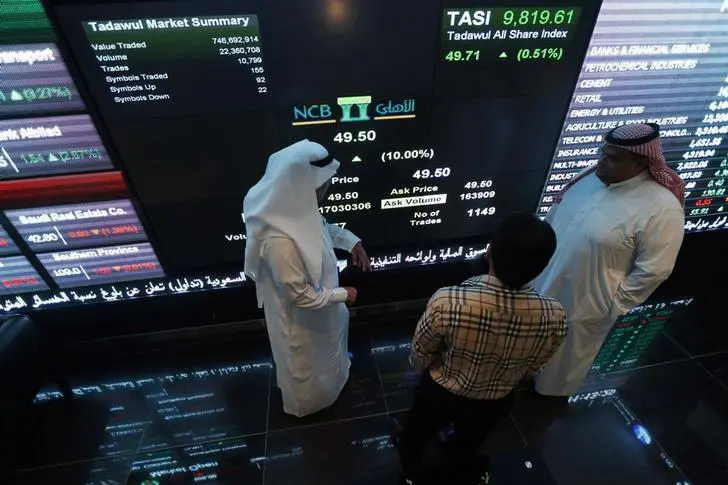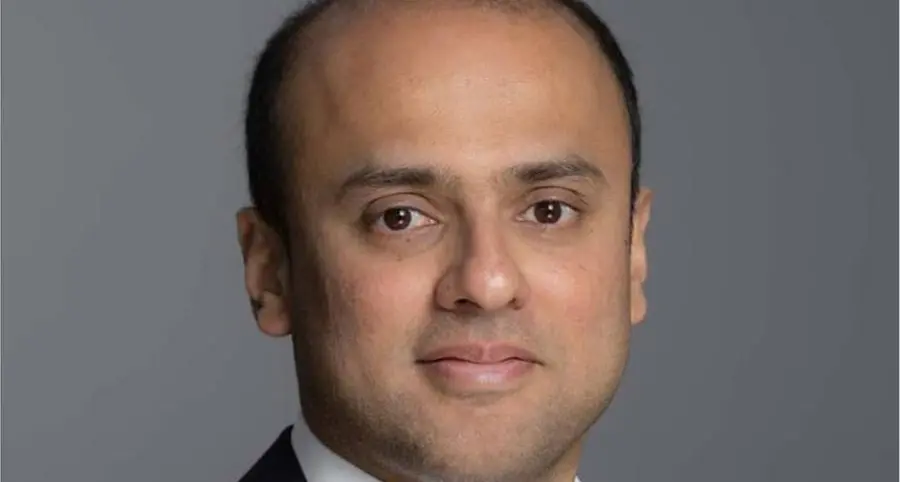PHOTO
Traders work on the floor at the New York Stock Exchange (NYSE) in New York City, U.S., April 16, 2025. REUTERS/Brendan McDermid.
Activity in futures contracts that provide users with exposure to investment-grade and high-yield US corporate bonds has reached record highs in the weeks of elevated market volatility following US president Donald Trump’s "liberation day" declaration on April 2 of swingeing tariffs, according to exchange group Cboe.
Open interest in Cboe’s high-yield corporate bond index futures hit an all-time high of US$868m across 5,223 contracts on April 9 when the "reciprocal" tariffs were imposed, while open interest for its investment-grade corporate bond index set a record on April 14 of US$515m across 3,774 contracts. Such activity marks continued positive development for a market that some believe could one day rival credit default swaps and exchange-traded funds.
“In times of market volatility, like we're experiencing now, institutional investors are increasingly seeking efficient tools to manage credit exposure and navigate uncertainty,” said David Litchfield, director, global derivatives sales at Cboe.
Investors across global financial markets have scrambled to adjust positions in response to Trump’s whipsawing tariff policy in recent weeks – which saw a 10% universal tariff and additional tariffs against 57 countries announced on April 2, only for the reciprocal tariffs to be granted a 90-day pause on the afternoon of April 9 for all countries except China, having come into effect at one minute past midnight that day.
Amid the policy mayhem, equities plunged, government bond yields surged, credit spreads widened, and the US dollar skidded lower – fuelling demand for hedging solutions.
Over the past decade, investors have become heavily reliant on CDS indices and ETFs to manage their credit risks, dampening their interest in alternative products such as credit index futures and making it hard to build sufficient liquidity. Despite the recent growth, open interest for credit futures contracts still pales in comparison to Cboe’s flagship equity volatility index futures – the most actively-traded contract on the exchange – which has 333,404 contracts.
That hasn’t stopped competitors from entering the market for credit index futures. Last year, rival exchange operator CME Group launched a set of futures pegged to Bloomberg’s credit indices, hoping its track record in other markets will prove decisive in establishing a listed derivatives market for trading US corporate debt. Open interest for CME’s investment-grade credit futures sits at 1,097 contracts while open interest for its high-yield credit futures is 1,151 contracts.
Futures contracts have several advantages against CDS and ETFs. To trade CDS end-users must sign an ISDA master agreement with their trading counterparty – a legal document that can take months to negotiate, creating a barrier to entry to the market.
While ETFs don’t require complex legal agreements to trade, they can only be purchased by stumping up the full amount of cash required, deterring some investors. Firms trading credit index futures must post margin to the exchange on a regular basis instead, which tends to be a fraction of their total investment exposure.
Source: IFR
